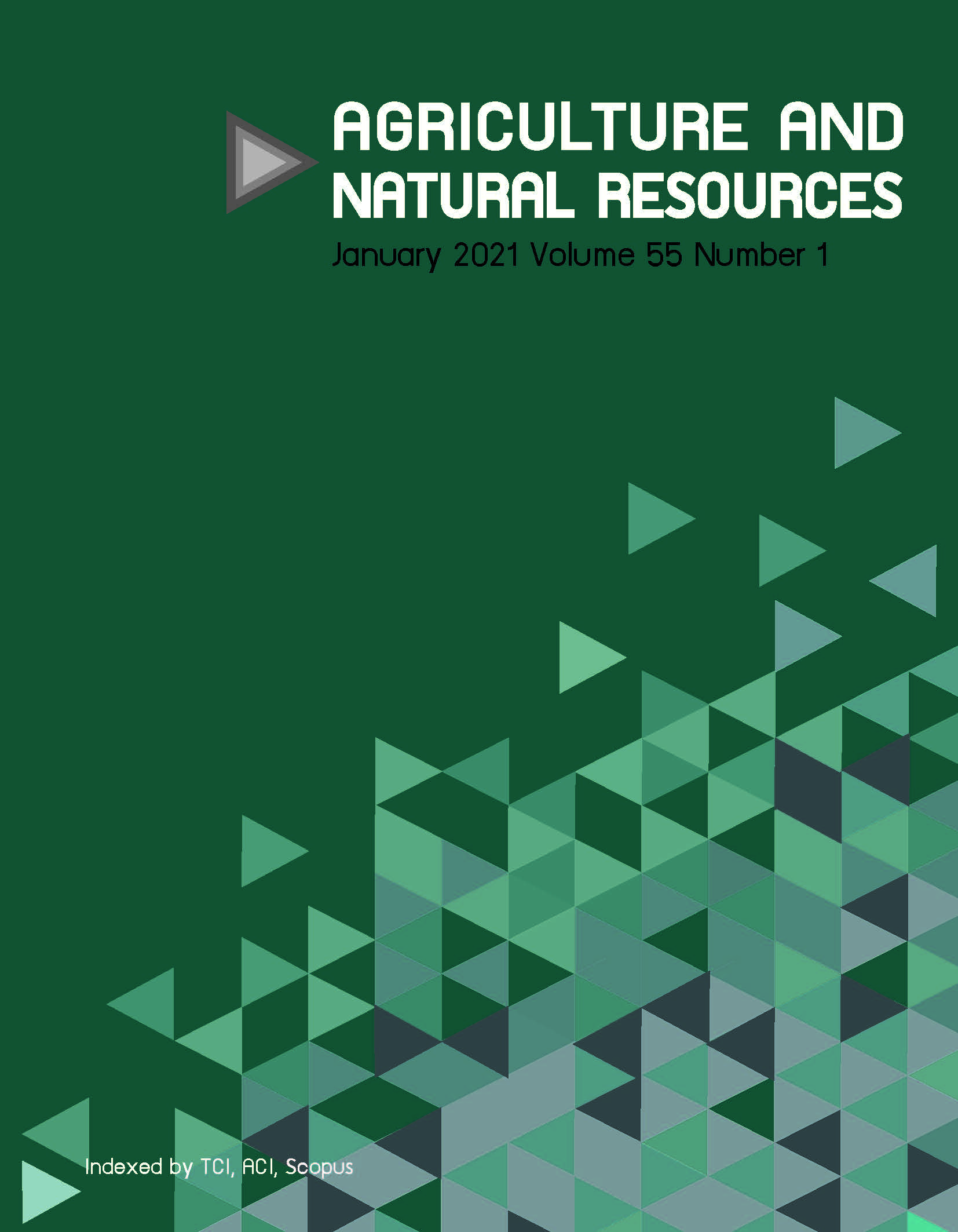Agro-morphological characterization of pigeonpea (Cajanus cajan (L.) Millsp.): Basis to breeding
Keywords:
Genetic Diversity, Genotypes, Pigeonpea, Qualitative, QuantitativeAbstract
Phenotypic characterization of crop genetic resources generates important information for plant breeders. The genetic diversity of Tanzanian pigeonpea germplasm was assessed using qualitative and quantitative traits and the best and complementary parents were identified for use in a pigeonpea breeding program. In total, 48 entries collected from Tanzania and Kenya were evaluated for 10 qualitative and 16 quantitative agro-morphological traits. Cluster analysis was used to separate genotypes into different clusters. The results from the combined analysis of variance showed that genotypes varied significantly for most of the traits studied. The overall Shannon-Weaver diversity index ranged from 0.10 (pod form) to 1.04 (pod color). Pod form, flowering pattern and base seed color showed little variation among genotypes. Based on principal component analysis, the traits accounting for most of the variation in the characterized pigeonpea collection were: days to 50% flowering, days to maturity, number of pods per plant, number of seed per plant, grain yield, leaf width and leaf area. The cluster analysis delineated the genotypes into three clusters. The most desirable genotypes with distinct attributes useful in future pigeonpea breeding were: Bangili, TZA 5463, Babati White, ICEAP 00040, ICEAP 00932, ICEAP 00557 and ICEAP 00554.
Downloads
Published
How to Cite
Issue
Section
License

This work is licensed under a Creative Commons Attribution-NonCommercial-NoDerivatives 4.0 International License.
online 2452-316X print 2468-1458/Copyright © 2022. This is an open access article under the CC BY-NC-ND license (http://creativecommons.org/licenses/by-nc-nd/4.0/),
production and hosting by Kasetsart University of Research and Development Institute on behalf of Kasetsart University.







